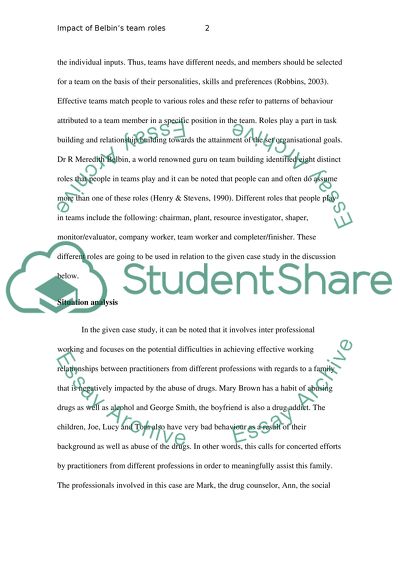Cite this document
(“Review the impact of Belbin's team roles Essay Example | Topics and Well Written Essays - 3000 words”, n.d.)
Retrieved from https://studentshare.org/environmental-studies/1421736-review-the-impact-of-belbinyies-team-roles
Retrieved from https://studentshare.org/environmental-studies/1421736-review-the-impact-of-belbinyies-team-roles
(Review the Impact of Belbin'S Team Roles Essay Example | Topics and Well Written Essays - 3000 Words)
https://studentshare.org/environmental-studies/1421736-review-the-impact-of-belbinyies-team-roles.
https://studentshare.org/environmental-studies/1421736-review-the-impact-of-belbinyies-team-roles.
“Review the Impact of Belbin'S Team Roles Essay Example | Topics and Well Written Essays - 3000 Words”, n.d. https://studentshare.org/environmental-studies/1421736-review-the-impact-of-belbinyies-team-roles.


